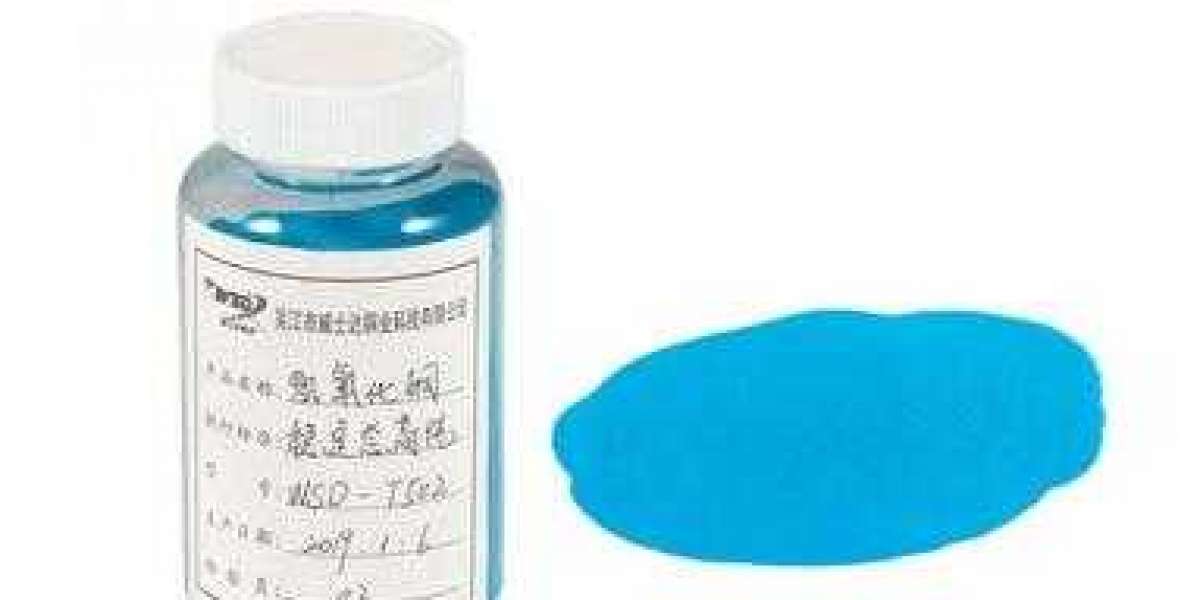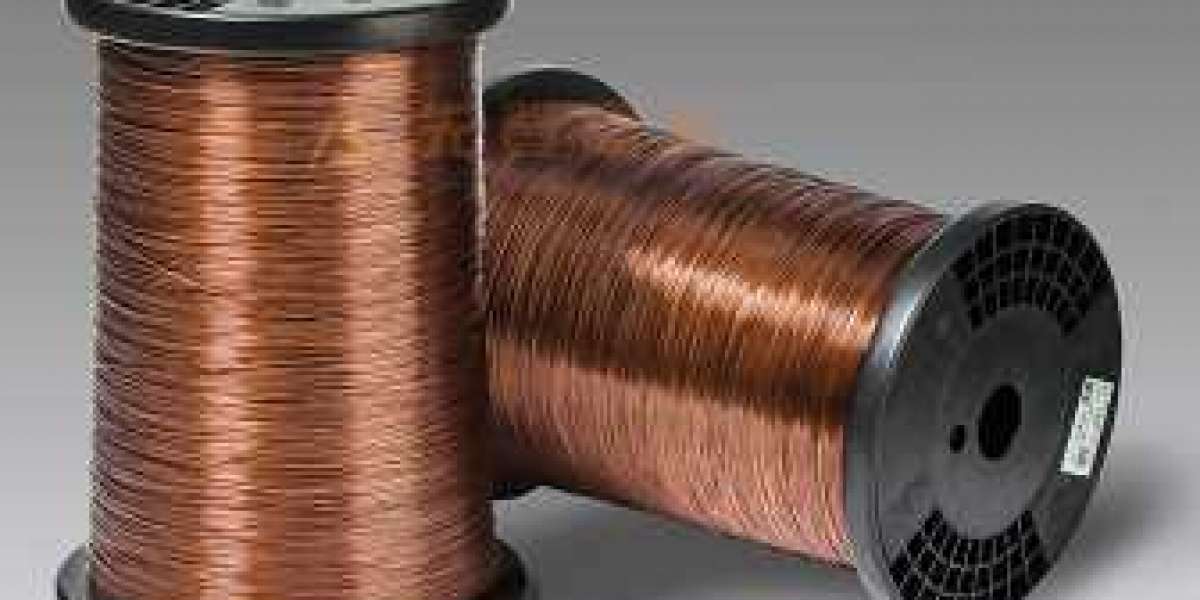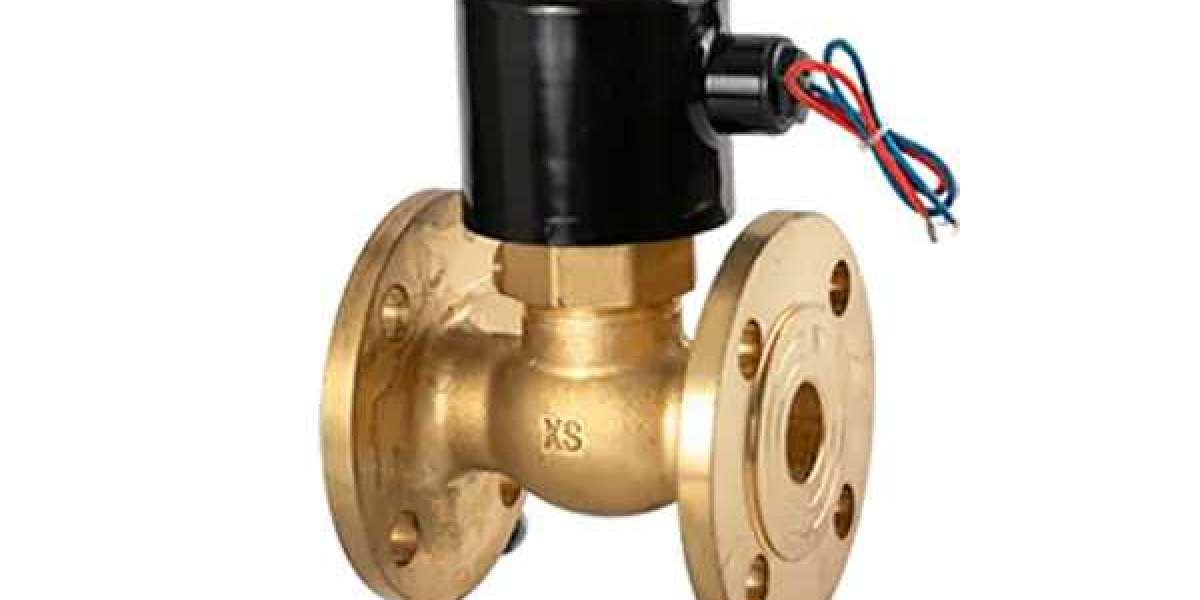Cupric oxide (chemical formula CuO) is a black oxide of copper, slightly amphiphilic and slightly hygroscopic. The relative molecular mass is 79.545, the density is 6.3 to 6.9 g/cm3, and the melting point is 1026°C.
Insoluble in water and ethanol, soluble in acid, ammonium chloride, slowly dissolved in ammonia solution, and can react with strong bases. Copper oxide is mainly used to make rayon, ceramics, glaze and enamel, batteries, petroleum desulfurizers, pesticides, and also for hydrogen production, catalysts, and green glass.
The main purpose:
Chemical aspect: as an oxidant; as an oxidant; as a carbon measurement in gas analysis; as an organic reaction catalyst to produce rayon and other copper compounds.
Industry:
Used as a colorant in glass, enamel, and ceramic industries, as an anti-wrinkle agent in paint, and as a polishing agent in optical glass.
Used in rayon manufacturing industry and as a desulfurizer for grease.
Used as a raw material for the manufacture of other copper salts, and also a raw material for making artificial gems.
In the production of magnetic materials, it is used as a raw material for nickel-zinc ferrite and thermal elements.
Others: manufacturing fireworks, catalysts, and electroplating industries.
Industrial Manufacturing Law
1. Copper powder oxidation method
Using copper ash and copper slag as raw materials, it is roasted and heated with coal gas for preliminary oxidation to remove moisture and organic impurities in the raw materials. The generated primary oxide is naturally cooled, and after pulverization, it undergoes secondary oxidation to obtain crude copper oxide. The crude copper oxide is added to a reactor pre-loaded with 1:1 sulfuric acid, and reacted under heating and stirring until the relative density of the liquid is doubled, and the pH value is 2 to 3 as the end of the reaction, and a copper sulfate solution is generated. After clarification, under heating and stirring conditions, iron shavings are added to replace copper, and then washed with hot water until there is no sulfate and iron. After centrifugal separation, drying, oxidation roasting at 450°C for 8 hours, cooling, crushing to 100 mesh, and then oxidizing in an oxidation furnace to prepare Cupric Oxide Powder.
Copper powder oxidation method
- Copper nitrate thermal decomposition method
The electrolytic copper is dissolved in dilute nitric acid and evaporated to dryness on a water bath, and then heated in a desiccator from 90°C to 120°C very slowly. When a soft basic salt is formed, it is boiled in water, filtered, and dried; then it is slowly heated to 400°C to remove most of the nitric acid; then crushed and heated to 850°C for 1 hour to decompose into oxidation copper. In order to make the reaction more complete, the product can be pulverized again, heated at about 700°C for 1 hour, and then placed in a desiccator to cool.
3. Copper carbonate thermal decomposition method
Put copper powder or copper wire in a fume hood with as little 6mol/L nitric acid as possible to completely dissolve it. If the solution is opaque, it needs to be filtered. In addition, the sodium carbonate solution is mixed with the copper nitrate solution and boiled to generate black basic salt precipitation. When the solid settles, discard the supernatant liquid, fully wash, filter, and dry by decantation. Put it on an evaporating dish and heat it with a small fire with sufficient stirring to decompose it into copper oxide.
4. Nitration of copper wire or copper powder
Dissolve the copper wire or copper powder in 6mol/L nitric acid to keep the copper in excess, heat the solution to a pH value of 3-4 to remove the iron hydroxide precipitate, then mix it with 10% (mass) sodium carbonate solution and heat to boil. Alkaline salt is precipitated, discard the supernatant, wash thoroughly with water, filter and dry. The dry basic copper carbonate is heated and decomposed into black Cupric Oxide Powder under a small fire with sufficient stirring: CuCO3·Cu(OH)2=2CuO+CO2↑+H2O
When no more carbon dioxide is produced, the decomposition is complete.



